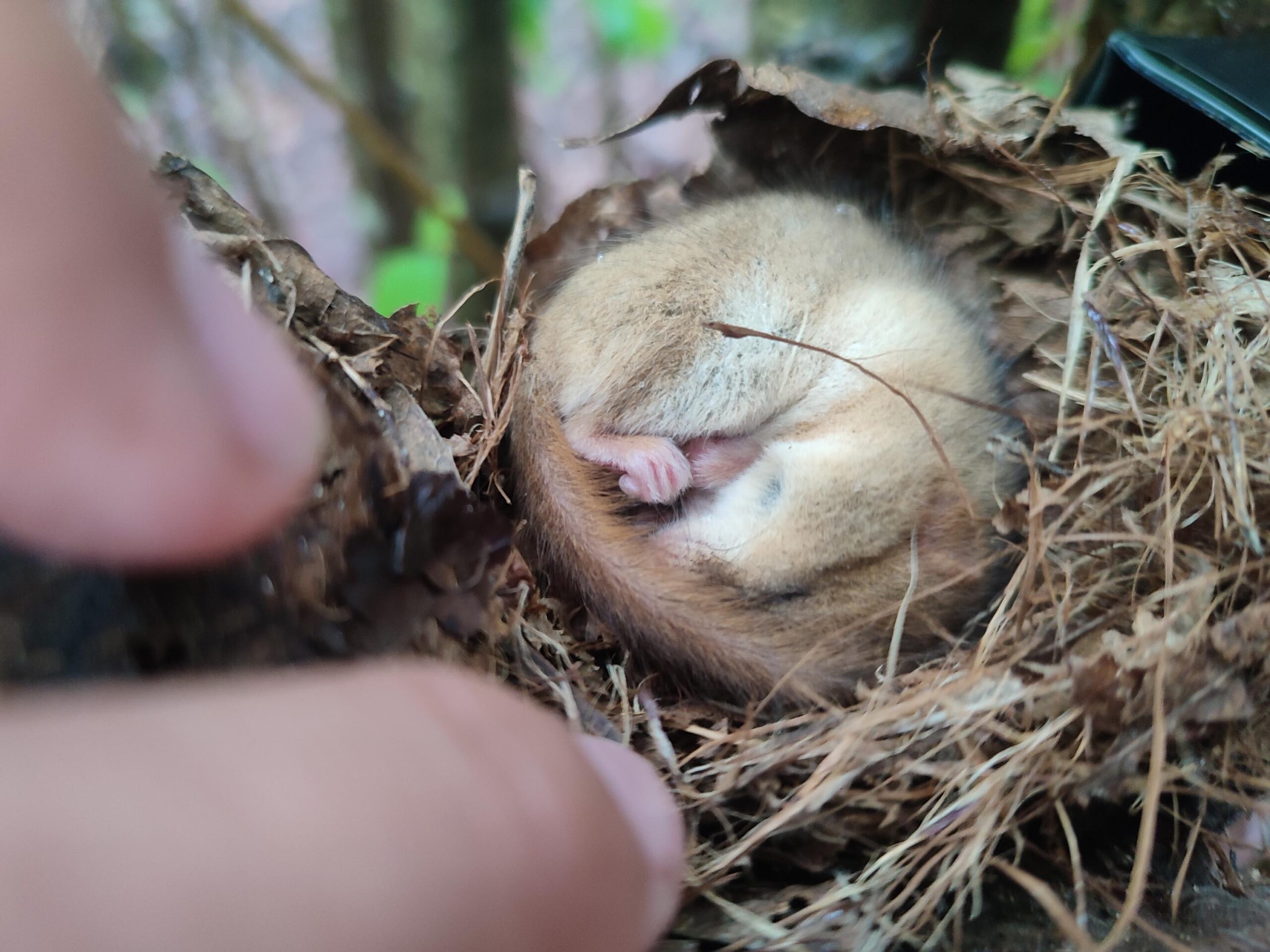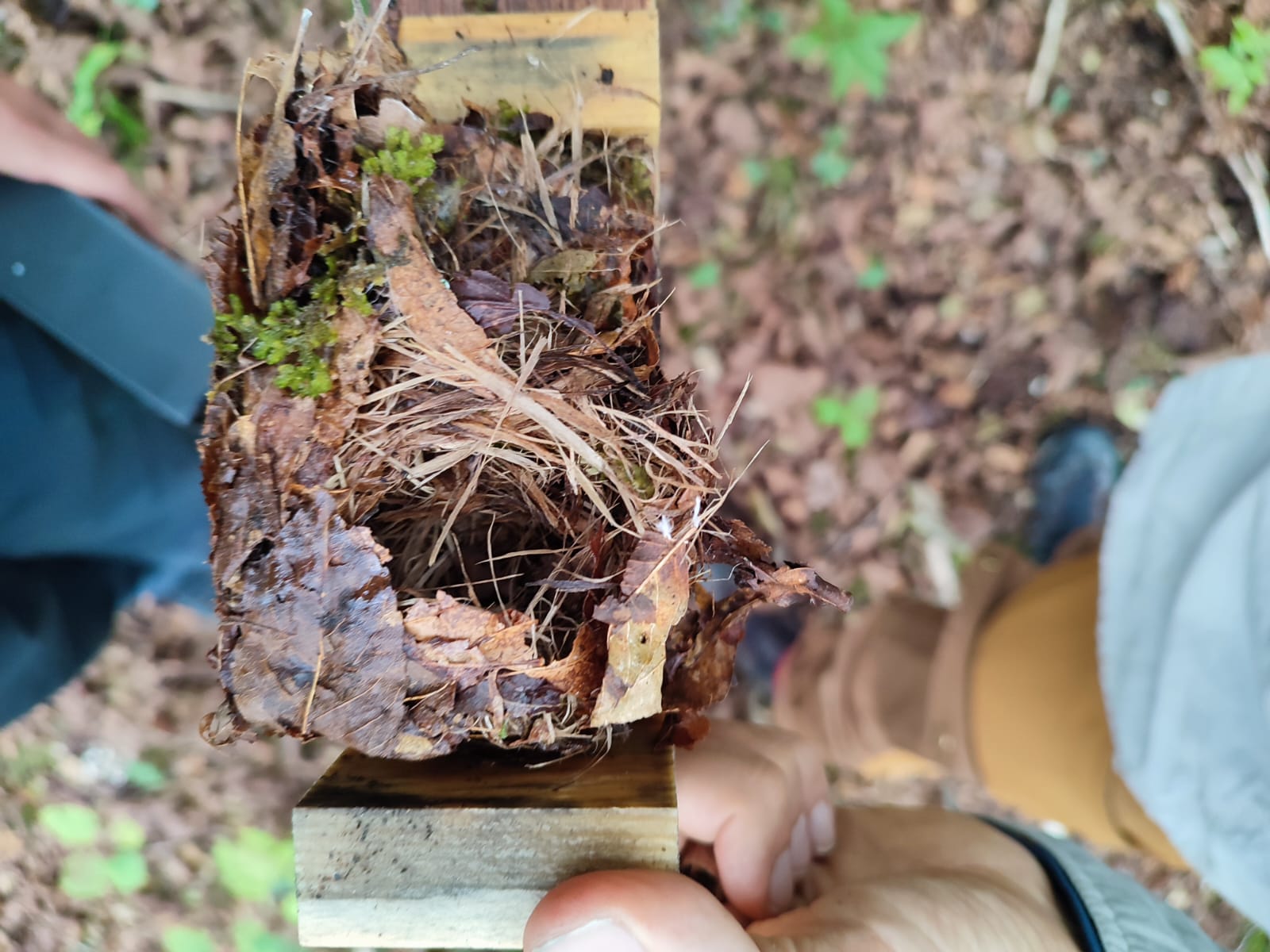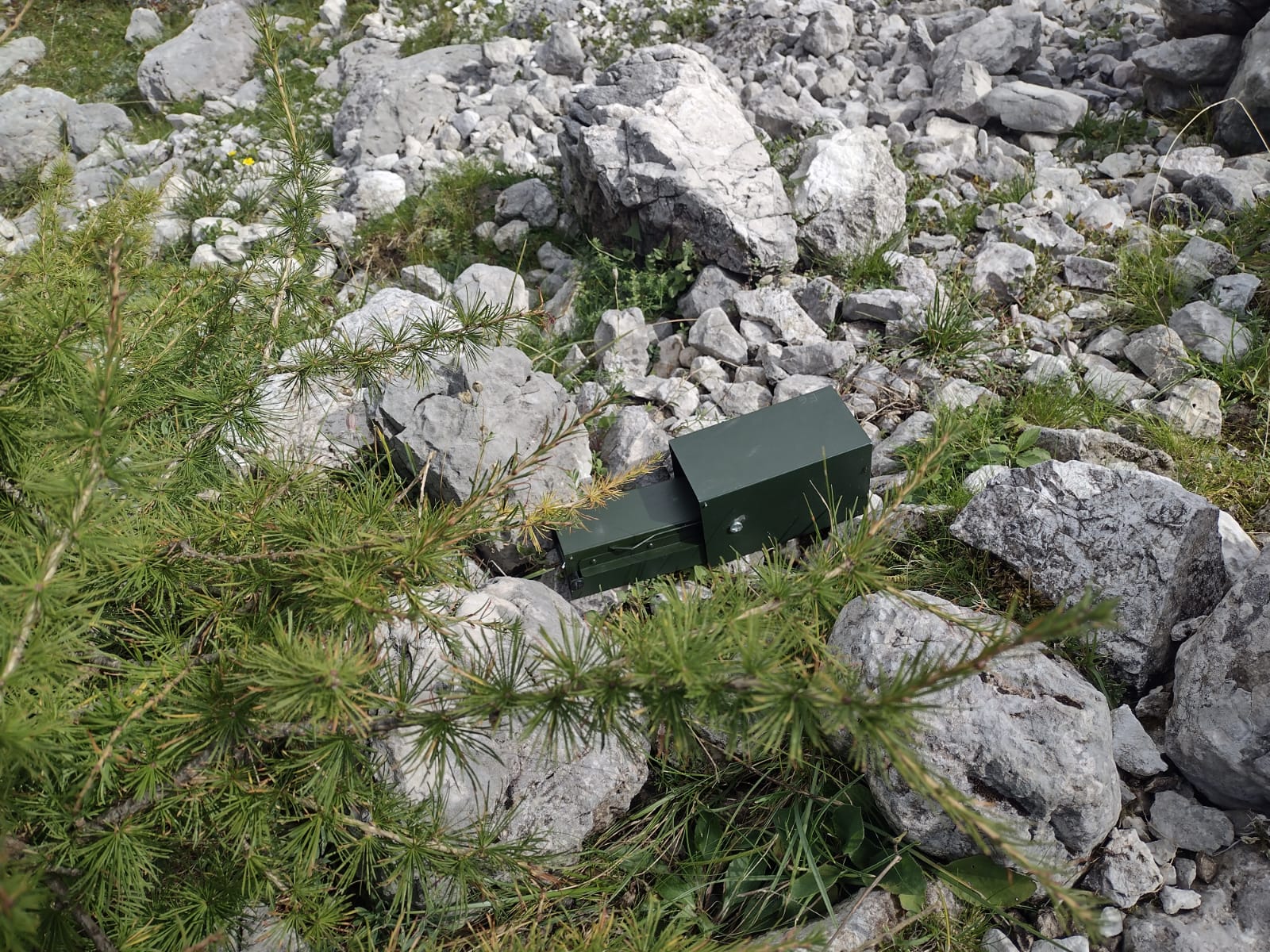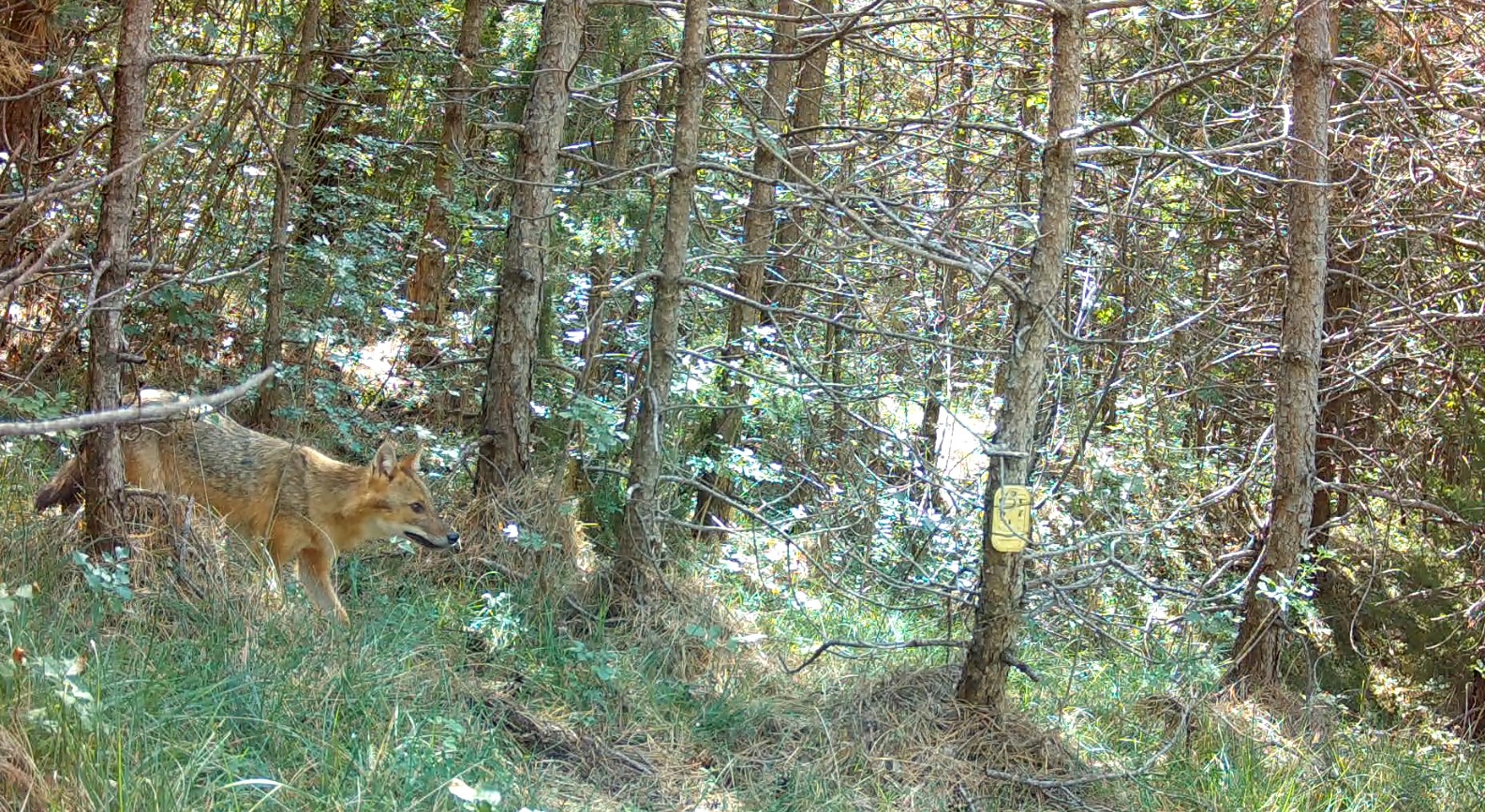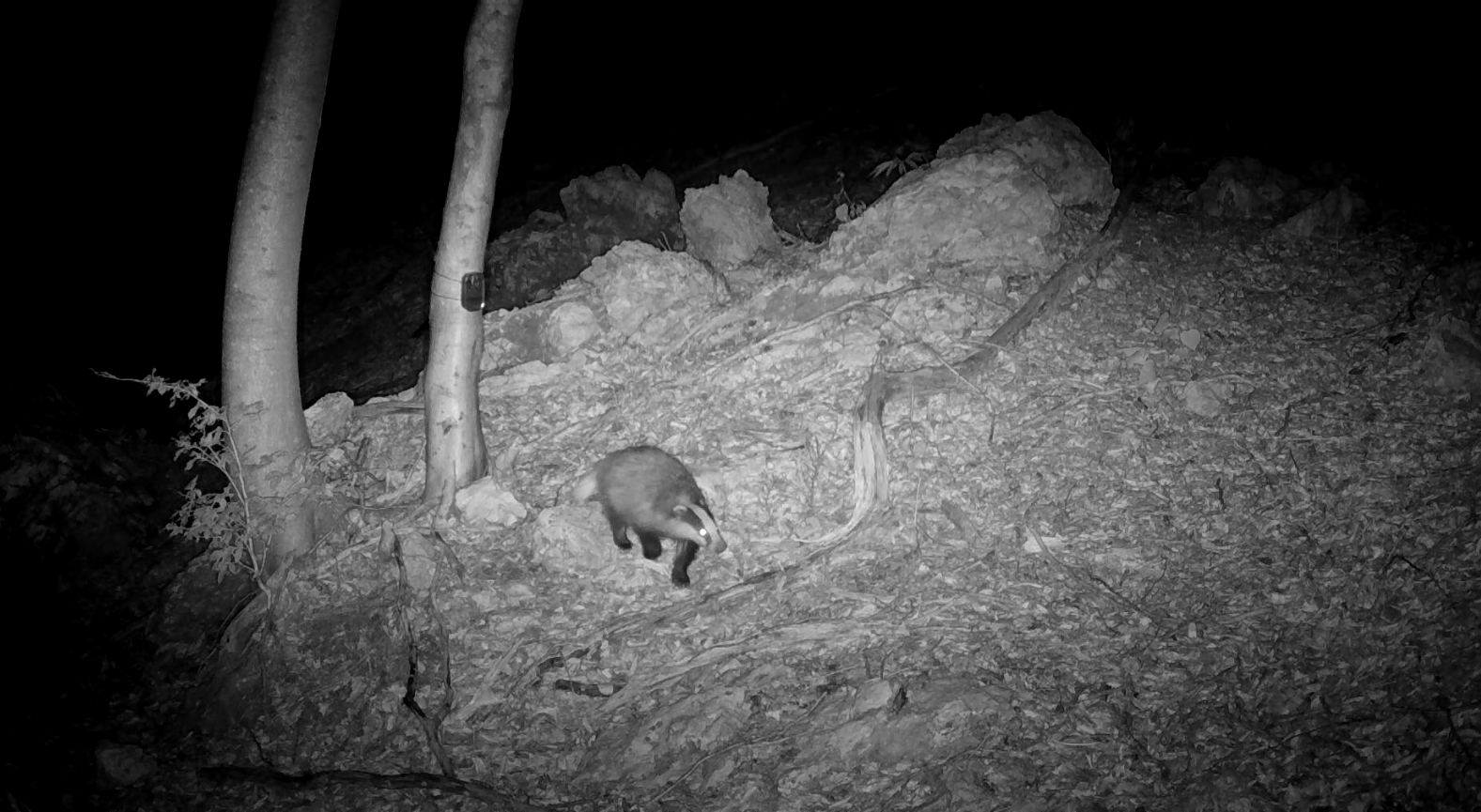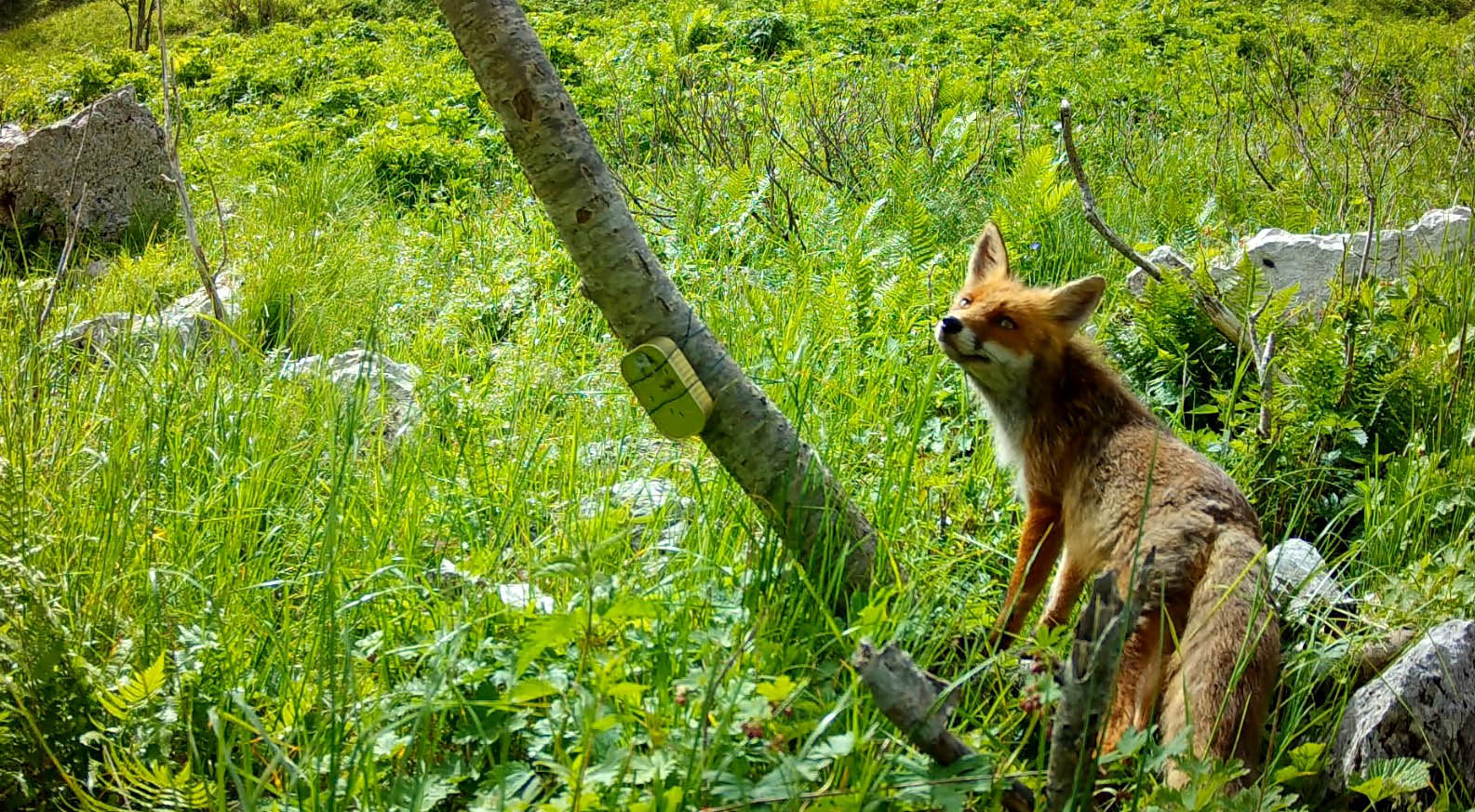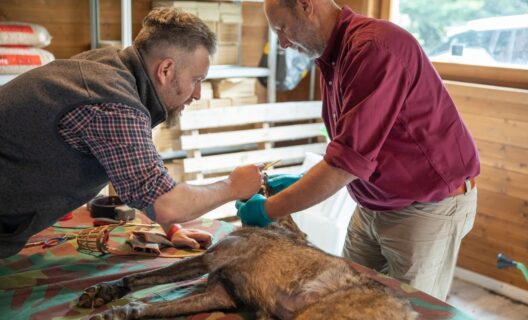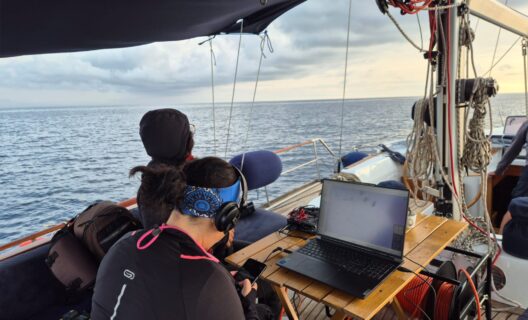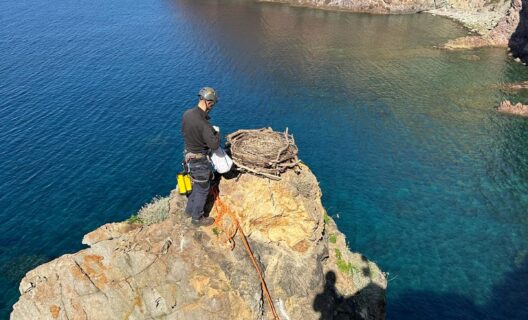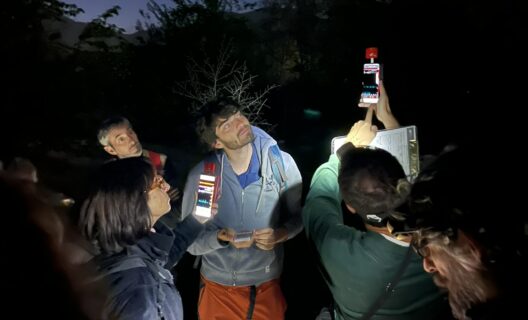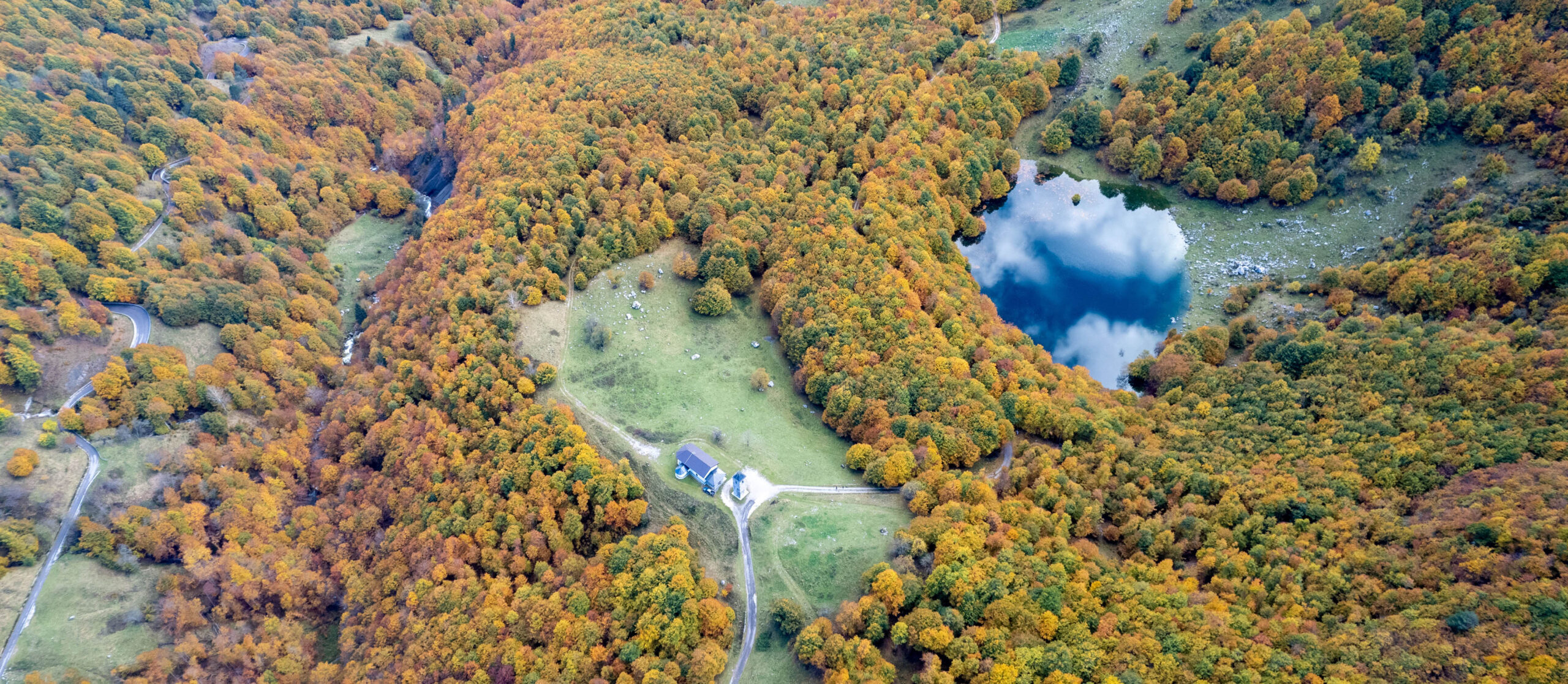
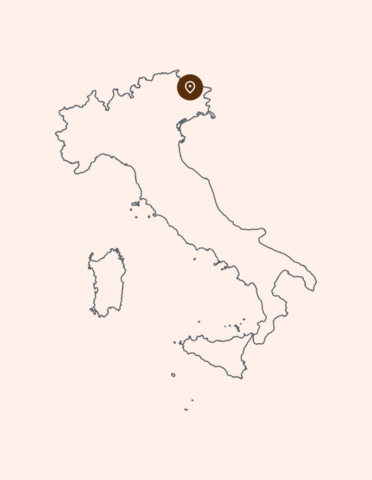
The MOM-PG project aims to use “optimalmonitoring ” techniques to develop protocols that are repeatable and adaptable to various budgets, making innovative use of the data collected. The innovation lies particularly in the use of advanced statistical techniques, never before employed in Italy, which will identify “umbrella species” to make monitoring more cost-effective and expand knowledge about the ecology of these mammals, with potential benefits for agriculture and business models as well.
Keywords
Goals
The project aims to pursue three objectives:
- Monitoring protocols
- Develop optimal mammal monitoring protocols with the best cost-benefit ratio for a given management objective and budget available to the park authority. through field sampling and specific statistical analyses never before used (occupancy models and power analysis).
- Umbrella Species
- Identify umbrella species for monitoring, that is, species whose monitoring allows other species to be monitored simultaneously.
- Citizen science
- Equip the Julian Pre-Alps Nature Park with a team of detectors, including supervisory staff and ‘citizen scientists’ who can contribute to the development of the protocols and their subsequent implementation over the course.
Stakeholders involved
- University of Trieste
- Schools in municipalities participating in the project
- Citizens of the municipalities of: Chiusaforte, Lusevera, Moggio Udinese, Resia, Resiutta and Venzone.
Main expected results
- Monitoring protocols
- The first output will be the monitoring protocols. The protocols include the number of sampling units (e.g., number of nest tubes, phototraps, traps) to be used in each environmental type, the minimum distance between sampling units, the frequency of monitoring, and the cadence (annual, biennial, etc.) of monitoring activities.
- Identification of umbrella species
- The second expected outcome will be the identification of umbrella species. In this case, a checklist of species whose monitoring allows other species to be monitored will be provided.
- Staff training
- The third tangible outcome of this project will be training workshops for Park staff (technical and supervisory) and activities̀ involving citizen scientists in schools in Park municipalities and the MAB area, as part of the environmental education activities that have been conducted annually for schoolchildren and students since the establishment of the regional protected area.

Dissemination results
- Optimal monitoring
- The protocols developed here could be used in other protected areas characterized by similar forest types (e.g., beech forest).
- Umbrella species
- The results for the umbrella species can be exported to other contexts, such as other protected areas.
